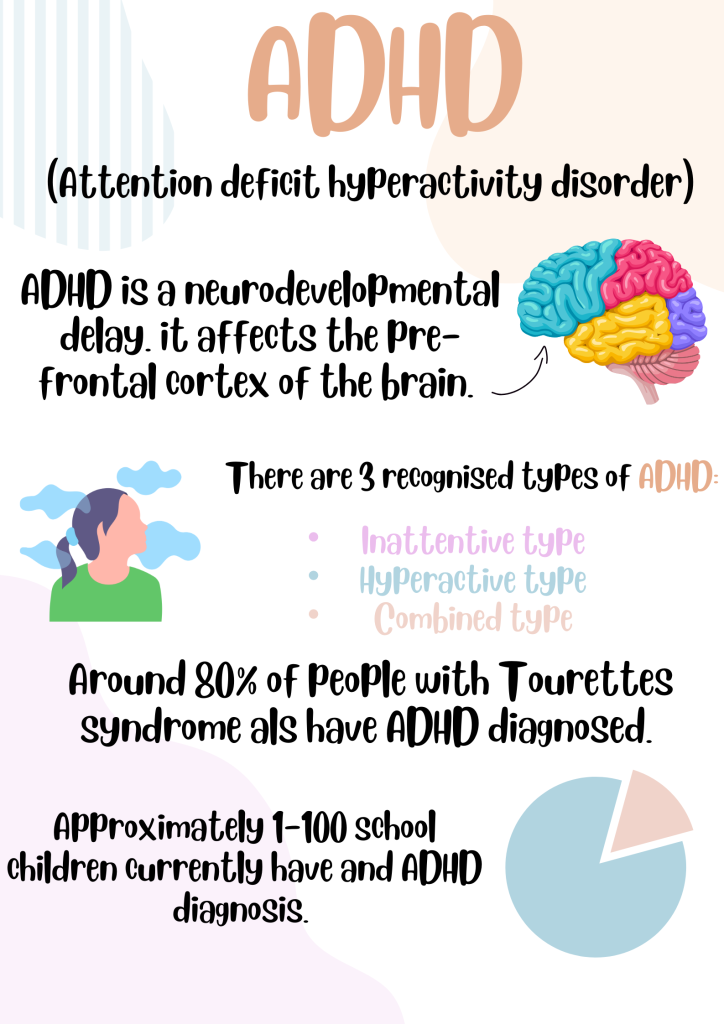First of all,
Anxiety is a common problem that affects millions of people globally in today’s fast-paced environment. Anxiety is widely known for its effects on mental health, but there is also a strong and substantial link between anxiety and physical health. It is essential to comprehend this connection in order to manage anxiety in a comprehensive manner. This article delves into the complex connection between mental and physical health and offers helpful advice for a holistic approach to wellbeing.
The Relationship Between Physical Health and Anxiety:
Anxiety can affect one’s physical health in addition to their mental state. Anxiety sets off a series of physiological reactions in the body that impact different systems. The “fight or flight” reaction, in which the body releases stress chemicals like cortisol and adrenaline, is one of the most well-known signs of anxiety. Although this response is adaptive in the short term, long-term anxiety can cause these stress pathways to remain activated, which can have negative implications on physical health.
Prolonged anxiety has been linked to immune system deterioration, increasing susceptibility to infections and diseases, according to research. In addition, persistent stress has been connected to inflammation, which is a major factor in the emergence of a number of chronic illnesses, including diabetes, autoimmune disorders, and cardiovascular disease. Anxiety can also worsen migraines and irritable bowel syndrome (IBS), as well as interfere with digestion and sleep cycles.
Physical health can also be further harmed by anxiety-related behaviors like overeating or smoking, which are poor coping methods or social scenario avoidance. As a result, there is a reciprocal relationship between anxiety and physical health, with each influencing the other through intricate interactions.
An all-encompassing strategy for promoting physical health and managing anxiety:
Anxiety management that is comprehensive in nature addresses both the physical and mental facets of health. The following advice can help you live a more holistic lifestyle:
Meditation & Mindfulness:
By encouraging relaxation and stress reduction, mindfulness and meditation practices can aid in the decrease of anxiety. By promoting acceptance and present-moment awareness, these techniques assist people in letting go of fear and rumination. Frequent meditation has been demonstrated to enhance general stress resilience, lower blood pressure, and lower cortisol levels.
Frequent Workout:
Regular physical activity is crucial for maintaining good mental and physical health. Since exercise releases endorphins, the body’s feel-good chemicals, it is a natural stress reliever. On most days of the week, try to get in at least 30 minutes of moderate-intensity exercise. Exercises that can help lower anxiety and improve general wellbeing include swimming, yoga, jogging, and walking.
A well-rounded diet
Consuming a well-balanced diet full of whole grains, fruits, vegetables, lean meats, and other nutrients can help to maintain good mental and physical health. Anxiety levels have been related to certain nutrients, such as magnesium found in nuts and seeds and omega-3 fatty acids found in fish. Reducing consumption of processed foods, alcohol, and caffeine is also crucial because these substances can make anxiety symptoms worse.
Sufficient Sleep:
Making excellent sleep hygiene a priority is essential for reducing anxiety and advancing physical well-being. Aim for seven to nine hours of good sleep every night. Enhancing the quality of sleep can be achieved by sticking to a regular sleep schedule, establishing a calming nighttime routine, and avoiding screens before bed.
Social Assistance:
Maintaining strong social connections and seeking support from friends, family, or support groups can help alleviate anxiety and promote overall well-being. Spending time with loved ones, engaging in meaningful activities, and expressing emotions openly can provide a sense of belonging and reduce feelings of isolation.
Stress Management Techniques:
Incorporating stress management techniques such as deep breathing exercises, progressive muscle relaxation, or journaling can help calm the mind and body during times of heightened anxiety. Learning to identify and challenge negative thought patterns can also be beneficial in reducing anxiety levels.
Professional Support:
Seeking professional help from a therapist or counselor can provide valuable support and guidance in managing anxiety. Cognitive-behavioral therapy (CBT), in particular, has been shown to be highly effective in treating anxiety disorders by helping individuals develop coping strategies and change maladaptive thought patterns.
In summary:
The link between anxiety and physical health underscores the importance of adopting a holistic approach to well-being. By addressing both the mental and physical aspects of health, individuals can effectively manage anxiety and promote overall wellness. Incorporating mindfulness practices, regular exercise, a balanced diet, adequate sleep, social support, stress management techniques, and seeking professional help when needed are key components of a holistic approach to managing anxiety. By taking proactive steps to care for both mind and body, individuals can achieve greater resilience, vitality, and quality of life.




